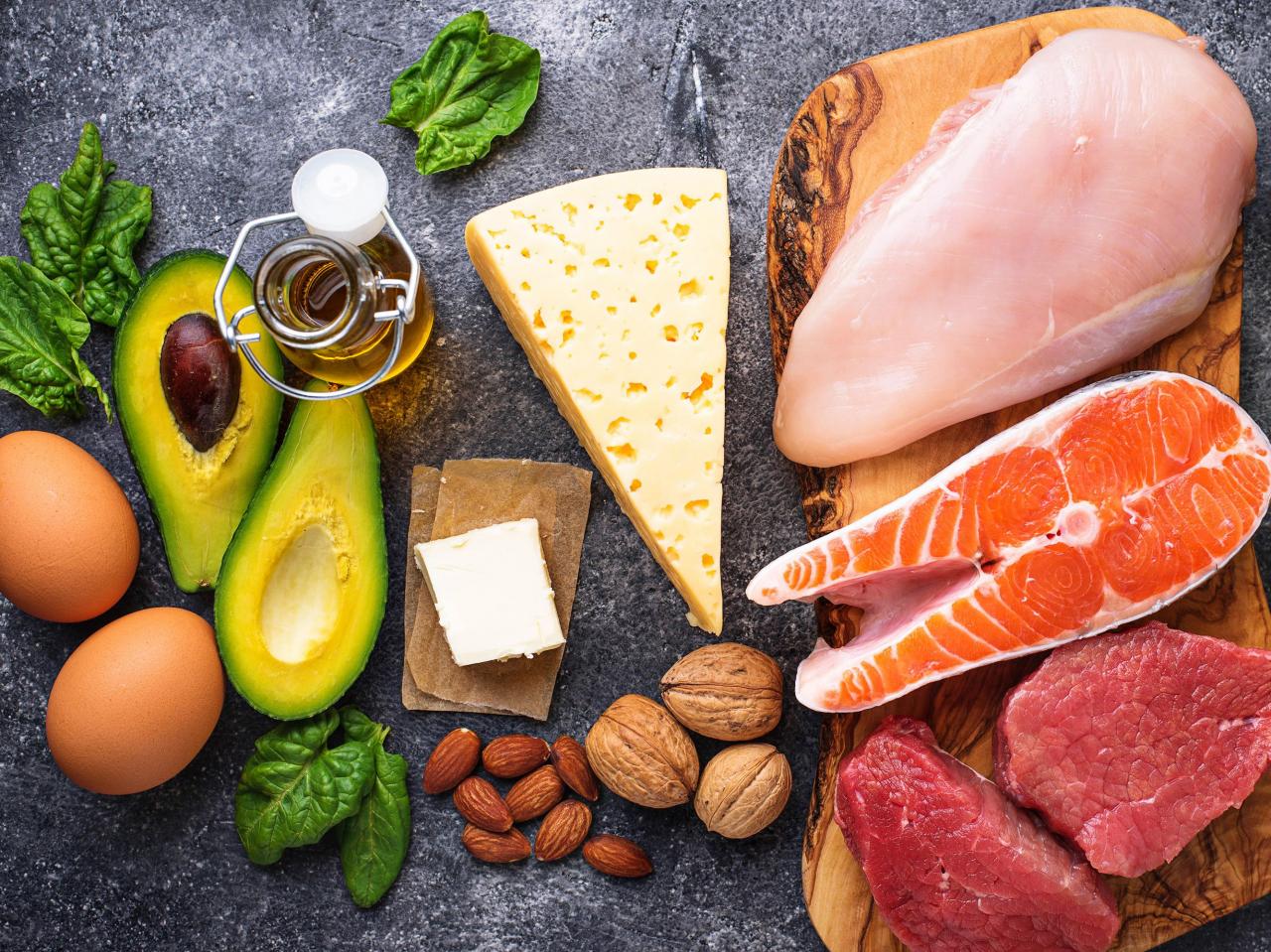
When buying a food, it is essential to observe the nutritional table on the packaging to find out what properties and in what quantity the product has, in order to bring the healthiest option to your refrigerator. However, not everyone knows what each value written in the table represents, and that is where the question arises “is the food I am buying healthy or not?”. For you to put the best option in the cart, we will teach you which items to analyze when buying a product and what each value means. Check it out! Explore a reliable website to buy Zymoplex, ensuring a trustworthy source for your fitness supplements
Portion
In most cases, the values shown in the nutritional table are not related to the entire package, but to an average recommended amount for consumption, a portion of the food.
Therefore, to know the nutritional values of the entire package or of certain quantities that are not in the portion represented, multiply or divide the values described in the table by the quantity you intend to consume.

Energy value
The energy value, as the name says, is the amount of energy that the body produces with the ingestion of food, through carbohydrates, proteins and fats. In the nutritional table, it is represented in calories (kcal) and kilojoules (kJ), the proportion being 1 kcal = 4.2 kJ.
% VD
Based on the average amount of calories needed daily for a healthy adult, 2000 kcal, this item indicates the percentage that this food represents in the Daily Caloric Value (VD). For example, if it is in the nutritional table that the food has an energy value of 200 kcal (or 840 kJ), it represents 10% of the HV.
Carbs
Responsible for generating energy for the body, carbohydrates are almost always viewed with bad eyes, for forming a fat stock when a portion is not used by the body, and are often cut from diets .
But, they are essential to make your body survive, especially the brain. What you should do is observe the amount you are ingesting, the daily recommendation being 300g.

Proteins
Proteins play an important role in the construction and conservation of tissues, cells and organs. The daily consumption recommendation is 75g, and you can find them in dairy products, meat, eggs and legumes.
Total fat
In this item, the sum of all fats contained in the food, both bad and good, is represented.
Fat is essential for the human body, as it helps in the absorption of vitamins A, D, E and K, in addition to being a great source of energy. However, great care is needed, as excessive consumption results in weight gain, with the recommended daily value of just 55g.
Total fat
In this item, the sum of all fats contained in the food, both bad and good, is represented.
Fat is essential for the human body, as it helps in the absorption of vitamins A, D, E and K, in addition to being a great source of energy. However, great care is needed, as excessive consumption results in weight gain, with the recommended daily value of just 55g .

Saturated fats
These are animal fats and are known as “bad fats”. Excessive consumption can result in cardiovascular disease, with the recommended amount of 22g per day.
Trans Fats
This is the type of fat that is present in most industrialized foods. Trans fats are not necessary for our body, and in addition, they increase the chances of cardiovascular disease. As they have no important function for the organism, the recommendation for consumption is minimal, and only 2g a day is advisable.
Mono and polyunsaturated fats:
Known as “good fats”, unsaturated fats are formed by mono and polyunsaturated fatty acids. These fatty acids are beneficial, as they help to lower LDL (bad cholesterol) and triglycerides, having a cardioprotective effect, and can be found in foods such as nuts, chia, fish, avocado, olive oil, among others. However, like all other items, it is necessary to be careful with excesses, with the recommended amount of consumption being 33g per day.

Food fiber
Fibers are essential elements for the human body. They help to regulate the intestinal flora, control the blood glucose and cholesterol rates and even give greater satiety. You can find them in foods like fruits, vegetables, beans and whole grains, with the minimum consumption amount of 25g.
Sodium
Sodium is present in processed foods and in good old table salt. Despite being malignant when consumed in excess, causing fluid retention and increasing blood pressure, it also balances the amount of water in the body, generates the transmission of nerve impulses and muscle stimulation. The suggested amount of sodium intake is up to 2g per day.
Observing and understanding what each item on the nutritional table means is fundamental to maintaining a healthy lifestyle, choosing the most benign options for you.
